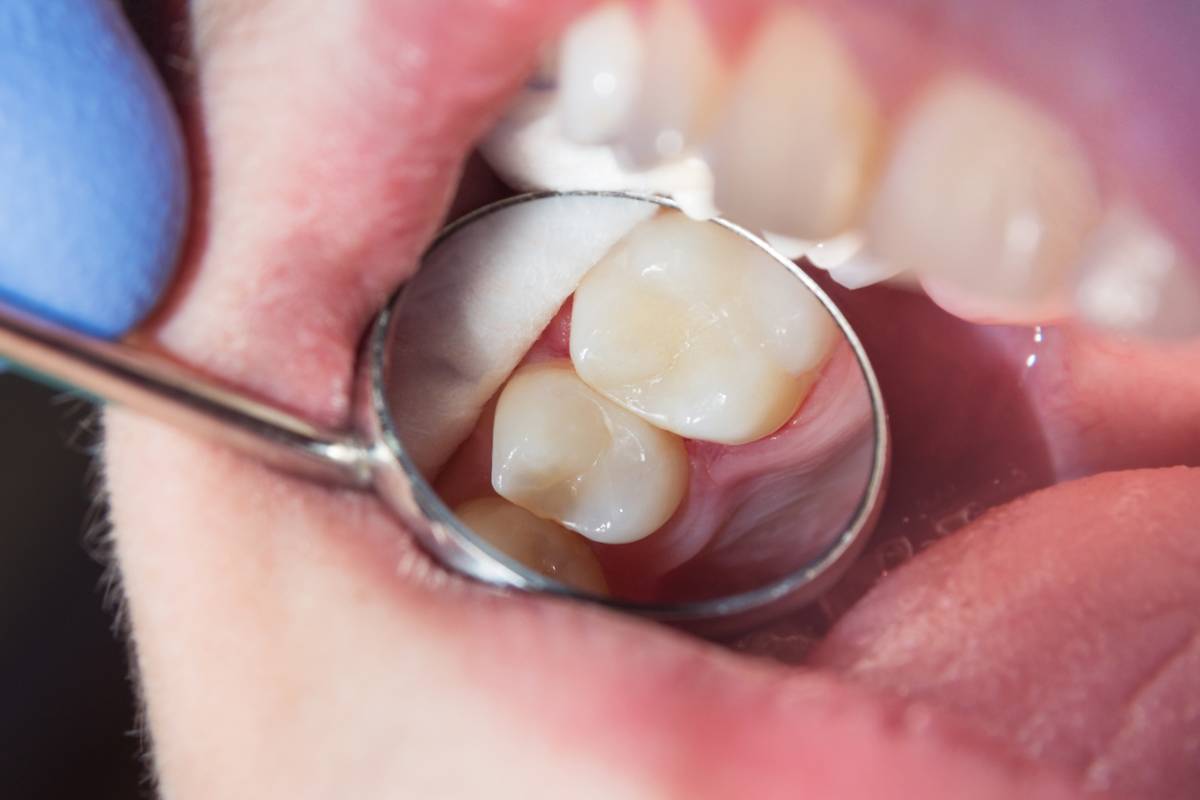Composite fillings are the most common type of dental filling. But what are the pros and cons of composite fillings? In this article, we address this question and discuss alternative materials for dental fillings.
What Are the Pros and Cons of Composite Fillings?
A filling is a dental restoration used to treat teeth with cavities. During the procedure, your dentist removes the infected part of the tooth and then places a special dental material, such as resin composite, in that space to prevent bacterial access and further damage to the tooth.
Resin composite is a material used for various dental procedures. It is a type of dental cement composed of a resin matrix (a polymer) with inorganic filler particles. Resin composite is a reliable restorative material due to its insolubility, resistance to dehydration, ease of molding and manipulation, and affordability. In addition to being used for dental fillings, resin composites can be used for dental bonding, crowns, onlays, inlays, and veneers.
The Pros of Composite Fillings
- Resin composite is a tooth-colored material. This means that composite fillings look natural and unobtrusive in the mouth.
- A dental filling procedure using resin composite can be completed in a single dental visit. In some cases, it is possible to get more than one dental filling in a single visit.
- Resin composite is a reliable, durable, and fracture-resistant material that can withstand pressure applied by chewing.
- Composite fillings can be used to treat minor cavities and larger areas of decay.
- Resin composite fillings do not require recovery after the procedure, and tooth sensitivity typically lasts only a short time afterward.
- Resin composite is one of the most affordable materials for dental fillings.
Cons of Composite Fillings
- Resin composites can be less durable than some more expensive materials and have a greater risk of cracking or chipping.
- The lifespan of resin composite fillings is typically around 7 years, while metal or ceramic fillings can last for up to 15 years.
- Resin composite has a lower stain resistance than porcelain. As a result, resin composite fillings can darken or become stained with time.
Other Materials Used for Dental Fillings
Even though resin composite is the most commonly used material for fillings in almost every dental office, your dentist might offer you one of the following options as an alternative:
- Porcelain fillings are typically more expensive than resin composite fillings but also more durable and stain-resistant, with the potential to last for up to 15 years with proper care and maintenance. Similar to composite fillings, porcelain ones look very natural in the mouth.
- Silver amalgam fillings are less expensive than resin composite fillings in most cases. This type of filling is a durable and long-lasting solution with a potential lifespan of 10 to 15 years. However, this option is often chosen for treating teeth at the back of the mouth that are not visible when you smile, as the silver color of the filling is very noticeable in the mouth.
- Gold fillings, also known as gold inlays or onlays, are typically used for treating larger areas of decay. Gold is a very durable material that can last for decades with proper care. Gold fillings are more expensive than composite and silver amalgam fillings and are also noticeable in the mouth due to their distinct color.
- Glass ionomer fillings are an affordable but less durable option, typically lasting from 5 to 7 years. Typically, glass ionomer fillings are chosen for treating cavities in teeth in areas of low chewing pressure or in baby teeth that will naturally fall out and thus do not need to last for a long time.
Choosing the Best Dental Filling Material
The choice of the most suitable material for your dental filling will depend on the following factors:
- The location of the decayed tooth
- The size of the cavity
- If your tooth has already been treated with a dental filling before
- The budget you have for your treatment
- Your personal aesthetic preferences
Your dentist will conduct a thorough evaluation of the tooth to be treated. Typically, the evaluation will include a physical exam and an X-ray. As a result, they will be able to advise you on the best dental filling material that will accommodate all your needs and oral health considerations.
Get High-Quality Dental Fillings at Absolute Family Dentistry
Make an appointment with a leading dentist at Absolute Family Dentistry today to treat cavities and tooth decay. Our specialists use only high-quality filling materials and modern methods of dental restoration. We are looking forward to your visit.


